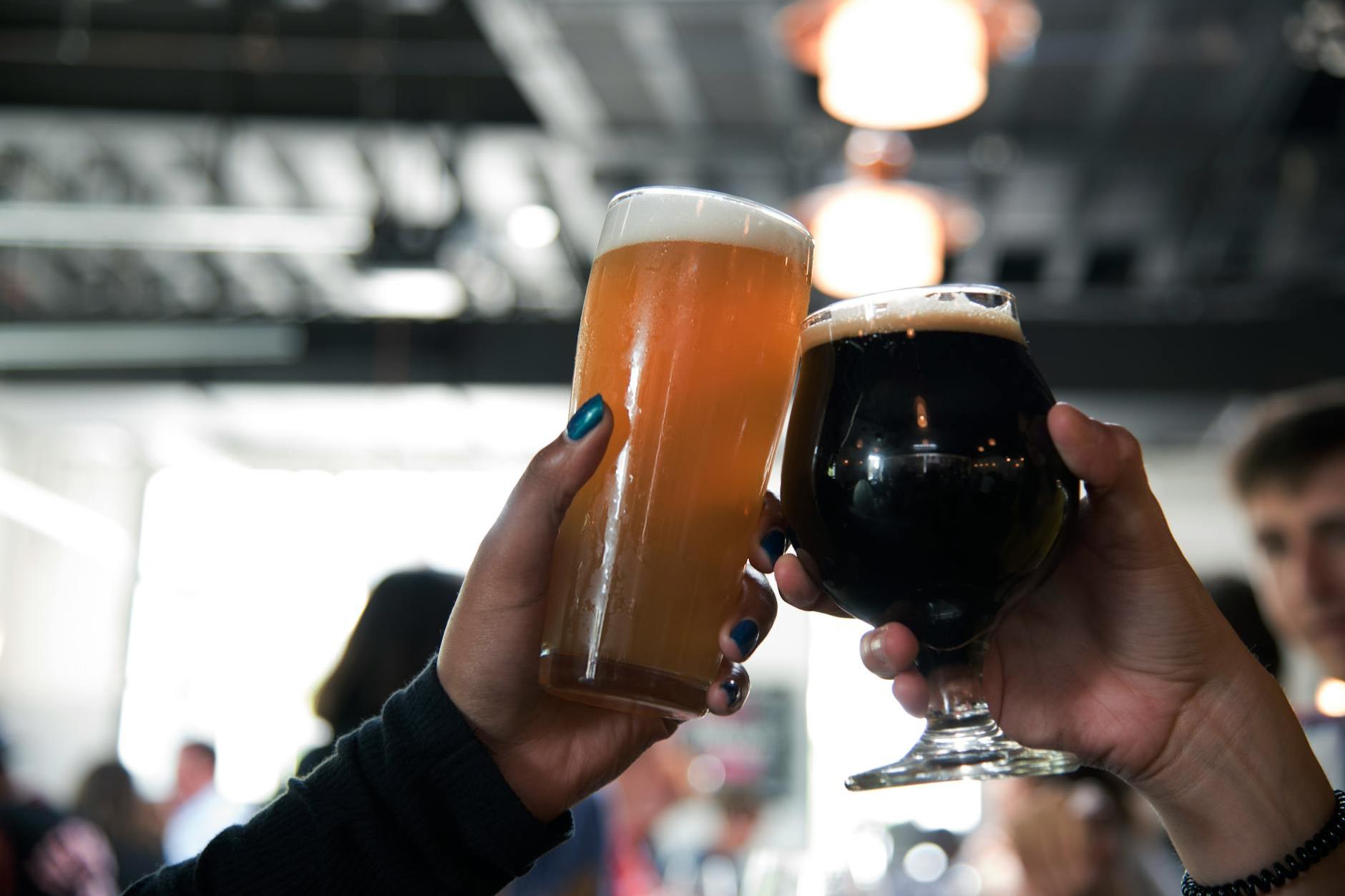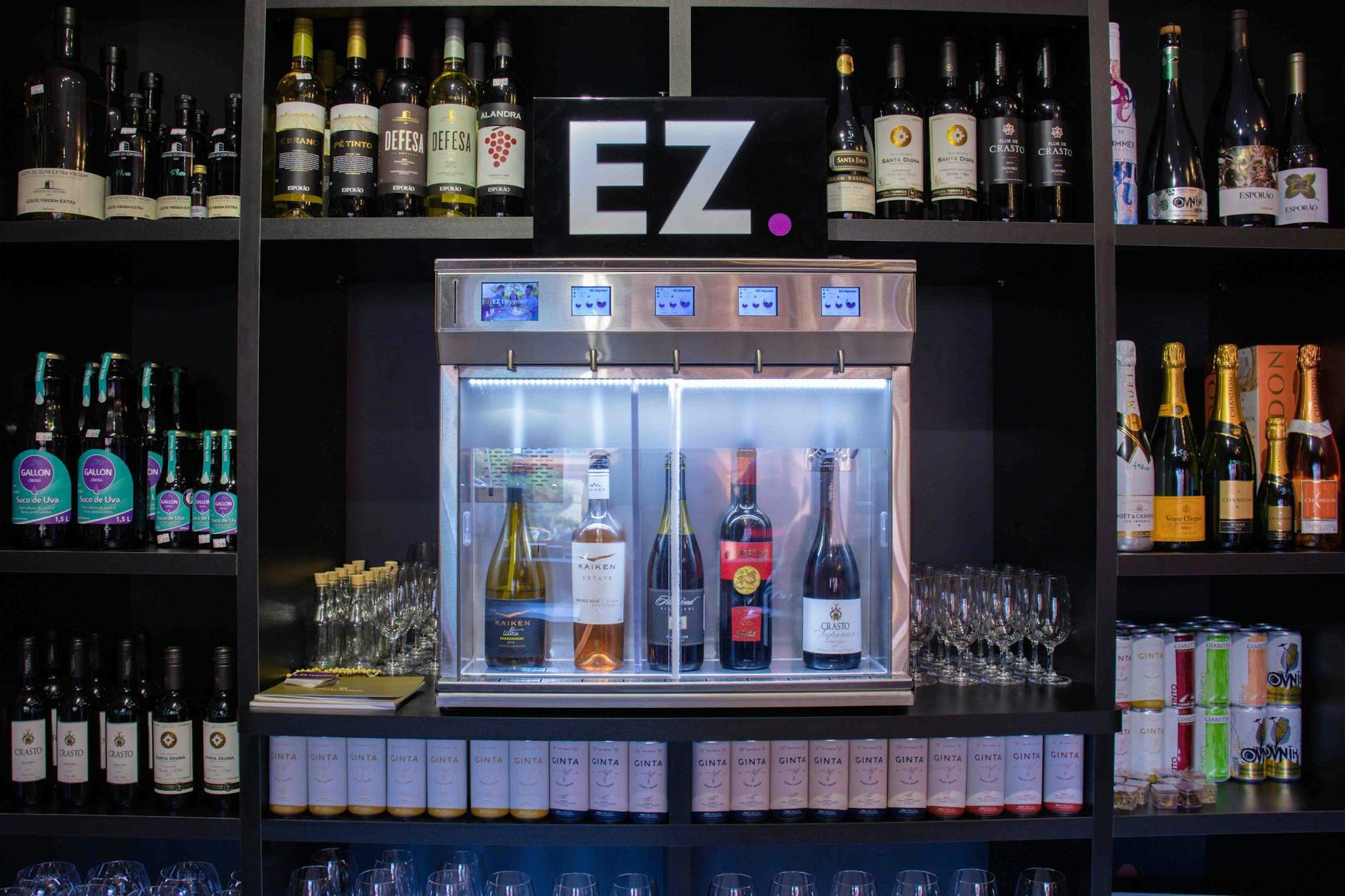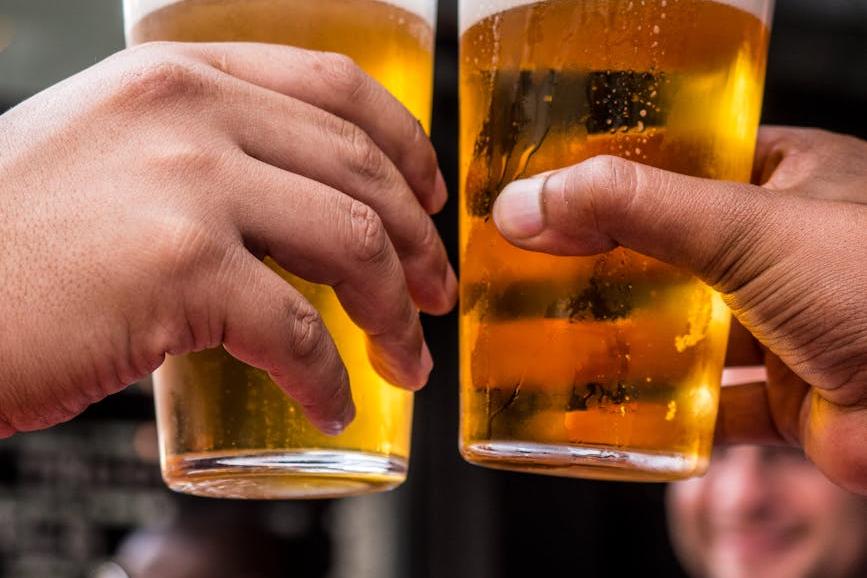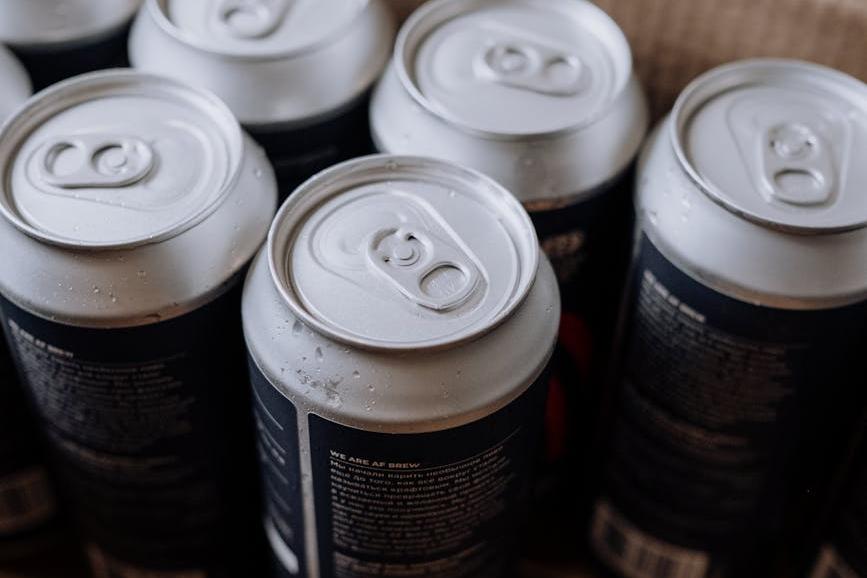- Shanghai Zhongshen International Trade Co., Ltd. - Two decades of trade agency expertise.
- Service Hotline: 139 1787 2118
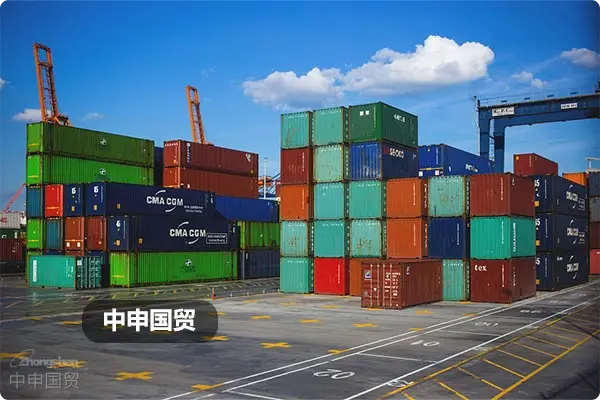
1. Which beverage categories haveExport RepresentationValue?
According to the 2024 WTO food trade data, the following five categories of beverages have shown a sustained growth trend in cross-border trade:
- Health concept beverage: Sugar-free tea beverages, plant-based drinks (oat milk/almond milk)
- Functional beverage: Electrolyte water, vitamin-fortified beverages
- Regional Specialty Tea Beverages: Chinese Gongfu tea, Japanese matcha, Indian masala tea
- Innovative Carbonated Beverage: Low-calorie sparkling water, naturally flavored soda
- UHT ambient milk beverage: The Southeast Asian and Middle Eastern markets have a strong demand for sterilized milk.
2. What are the special requirements for beverage imports in various countries?
The regulatory focus varies significantly across different markets. Taking three typical markets as an example:
- European Union Market
- It must comply with the EU 1169/2011 Food Labeling Regulation.
- The use of additives must comply with the EC 1333/2008 standard.
- Organic products must be certified according to EC 834/2007.
- US Market
- The FDA requires a factory registration number (DUNS code).
- The nutrition label must comply with 21 CFR 101.9.
- Products containing caffeine require special warning labels.
- Middle East market
- It is mandatory to obtain HALAL certification.
- The packaging must include instructions in Arabic.
- Alcoholic fermented beverages are prohibited.
3. What logistics details should be paid attention to when exporting beverages?
Recommend transportation solutions based on cargo characteristics:
- Temperature Control Management
- Dairy products: Full cold chain (2-6°C)
- NFC Juice: -18℃ Freezer Container
- Red Wine: Constant temperature of 15-18°CMaritime Transportation
- Packaging specifications
- Carbonated Beverages: Special Packaging for Explosion and Expansion Prevention Cans
- Glass bottle packaging: shock-resistant wooden case + EPE cushioning
- Large packaging concentrate: IBC tote certification
- Customs Clearance Documents
- It is recommended to verify through the following methods:Books (especially when enjoying tariff preferences)
- Ingredient Analysis Report (Allergens Must Be Specified)
- Certificate of Free Sale (required by some countries)
Authoritative Answers to Common Questions
Question: Is it necessary to have your own production line for export agency?
Answer: According to INCOTERMS 2025, trading companies may adopt the OEM model, but they must ensure that the contract manufacturers possess export qualifications (for example, in China, a customs registration number is required).
Question: Is it mandatory to register an international trademark for beverage exports?
Answer: It is not mandatory, but it is recommended to register an international trademark under the Madrid System. In 2024, beverages accounted for 17% of the counterfeit goods seized by the EU.
Question: How to handle overseas returns?
A: It is recommended to adopt the "bonded warehousing + secondary distribution" model. For example, a plant-based milk company utilized a transit warehouse in the Dubai Free Trade Zone to redirect returned products to the African market, reducing the loss rate by 63%.
Question: Which countries have import quota restrictions on beverages?
Answer: As of January 2025, Canada implements a Tariff Rate Quota (TRQ) on fruit and vegetable juices, while Russia imposes seasonal special tariffs on sugary beverages. For specific details, please consult a professional customs broker.
Related Recommendations
Category case
Get in Touch
Email: service@sh-zhongshen.com
Related Recommendations
Contact via WeChat

? 2025. All Rights Reserved. Shanghai ICP No. 2023007705-2  PSB Record: Shanghai No.31011502009912
PSB Record: Shanghai No.31011502009912
